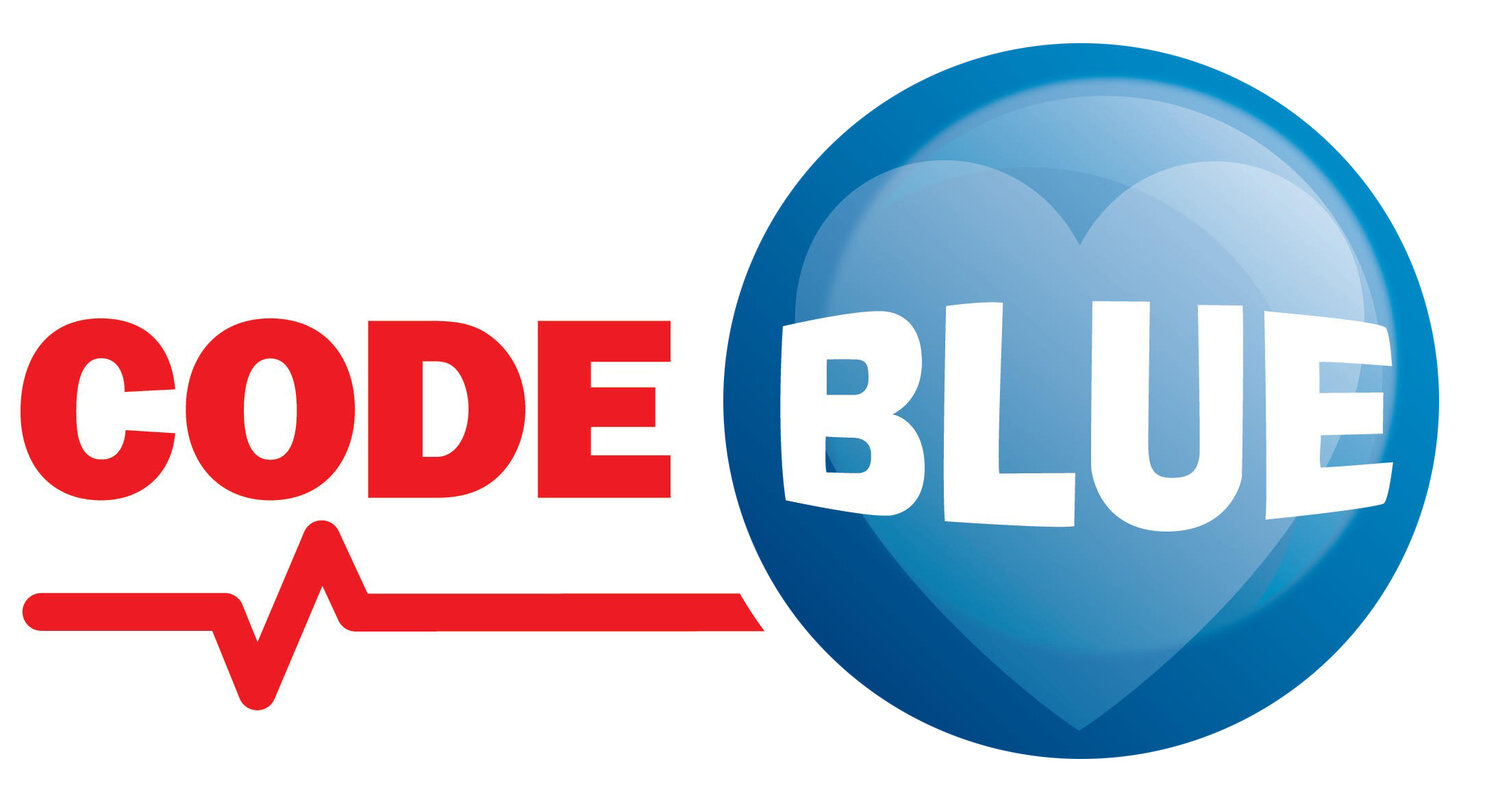
Codeblue Aftercare
Advice for After you’ve left our care
Accessing my Treatment Record:
When you were treated, our Clinicians completed a Patient Care Record (PCR) or Minor Injuries Form (MIR), This information is kept securely. You can have access to this information at the link below:
Note - You’ll need the PCR/MIR Number given to you when you were treated, along with your Date of Birth, to access the record.
Ongoing Care Advice:
-
Every wound, no matter how small, carries with it the risk of tetanus. In order to be protected against the disease you should have received a course of five anti-tetanus injections, which are considered to give you lifelong immunity.
You should seen advice as soon as possible if:You have a serious wound, or a wound that is particularly dirty. In this case you may be at risk from tetanus and you should visit the Emergency Department of your local hospital, or your own GP.
You have never received a full five-dose course.
You are unsure of your immunisation status.
-
If your wound has been treated either by suturing (stitches), skin clips (staples), steristrips (paper tape) or tissue adhesive (glue).
Suture (stitches) should stay in for 5-14 days (the doctor or nurse who saw you will advise (the doctor or nurse who saw you will advise). Sutures can usually be removed by your GP or GP Practice Nurse (you should make an appointment first). However in more complicated cases, you may be advised to attend your local Emergency Department for further evaluation of your wound.
Skin Clips (staples) should stay in for 5-10 days (the doctor or nurse who saw you will advise). Generally skin clips can be removed by your GP or Practice Nurse (you should make an appointment first). Under no circumstances should you attempt to remove the staples yourself. In more complicated cases, you may be advised to attend your local Emergency Department for further evaluation of your wound.
Steristrips (paper tape) can be removed after 5-7 days. The steristrips can be removed after the wound has been moistened for about 10 minutes. This can be done at home or by your GP / Practice Nurse (the nurse/doctor who saw you will advise).
Tissue adhesive (glue) does not need to be removed. The glue is pushed off by the wound healing underneath. This can take several weeks. If, however, the wound gapes or becomes painful, red or swollen, please seek medical attention.
Keep your wound dry and clean. Do not wash the area until you have been advised to do so by your nurse/doctor.
Do not interfere with the dressing unless you have been advised to do so.
If your wound becomes red, swollen, increasingly painful or discharges pus, it may be sign of infection. Please seek medical attention.
-
Following your head injury, if you develop any of the following, you should attend the nearest Emergency Department or contact your own GP immediately:
Increasing Drowsiness
Worsening Headache
Confusion / Strange behaviour or loss of memory
Any vomiting episodes since the injury
Weakness in an arm or leg
Speech difficulties
Dizziness, Loss of Balance or Seizures
Any Vision Problems
Blood or clear fluid from the nose or ear
Unusual breathing problems
You should not have any alcohol or drugs (Other than those prescribed by a Hospital or GP) until fully recovered.
-
Rest your foot and ankle above the level of your hip as much as possible in the next 48 hours to ease the swelling of your foot/ankle.
Apply a bag of ice wrapped in a wet towel to the affected area of your ankle/foot 4-6 times a day for no more than 10 minutes each time. Never place a bag of ice directly onto your ankle or foot – always wrap the ice in a wet towel first.
While keeping your foot elevated, exercise your foot and ankle for 10 minutes every hour. If you don’t it may stiffen up and be more difficult to move in a few days time.
1. Curl your toes and your foot up toward you then down again.
2. Wriggle your toes.
3. Draw a circle in the air with your big toe.
During the daytime, wear a support bandage from the base of your toes to below your knee, like a long sock. Remember to take off the bandage at night, if it is uncomfortable or if you are applying ice to your foot or ankle.
Not every ankle or foot injury requires an x-ray. The decision to x-ray (or not) is made using strict clinical criteria. This reduces the number of unnecessary (and possibly harmful) x-rays.
-
When we provide treatment, it is based on the best advice we can provide at the time. You will also have been given some further advice on what to do if your condition worsens, changes, or doesn’t get any better. Regardless of whether you’ve accepted our treatment or advice, you should seek further medical advice if you are concerned.
At an event, feel free to contact our medical team again if you are concerned, even if we’ve already provided you treatment or advice, otherwise,
If the situation has become life-threatening, for example, breathing difficulties, checks pain, unconsciousness, facial or arm weakness, or difficulty in speaking, call 999 or 112 for an Ambulance.
If you’ve been treated for a minor injury and feel it has become worse, shows signs of infection, or hasn’t healed, then please visit an NHS Walk-In-Centre, or Minor Injuries Unit.
If you’ve been suffering from an illness and still feel unwell or want further advice, call the NHS non-emergency line on 111, or visit www.nhs.uk. You could also visit your own doctor, pharmacist or a local walk-in centre.
Feedback - How did we do?
We always aim to ensure that the treatment you receive is of the highest possible standard, and the level that you should expect from any healthcare provider.
In order to make sure you standards are maintained, we value all feedback from patients, carers and family. We would love to hear about your experience of our service, whether it was positive, or you felt it could be improved.

